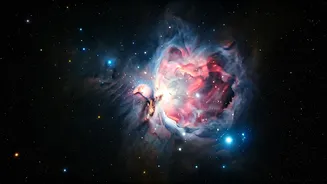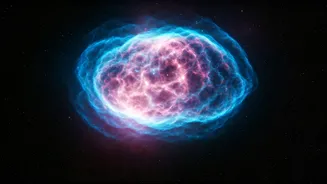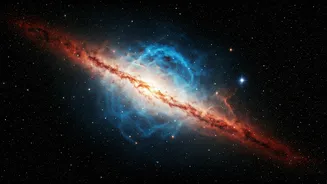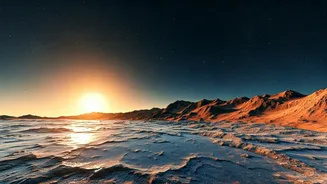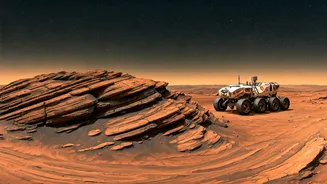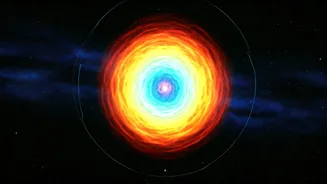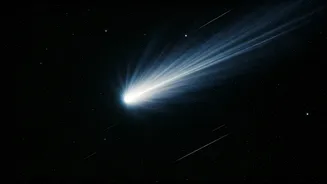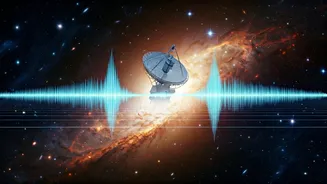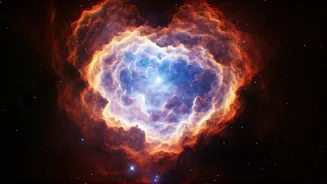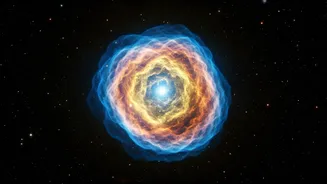Cosmic Wonders
NASA's ongoing mission to explore the universe has yielded a treasure trove of images, each offering a unique perspective on celestial objects and phenomena.
These visuals, captured by advanced telescopes and spacecraft, provide invaluable data for scientists while captivating audiences worldwide. The images often feature nebulae, galaxies, and star clusters, revealing the vibrant colors and intricate structures of the cosmos. Examples include the Pillars of Creation, a famous star-forming region, and images of distant galaxies showcasing their spiral arms and dust lanes. The data collected from these images helps in understanding the formation and evolution of stars, galaxies, and the universe itself. These images are not just aesthetically pleasing; they are crucial components of scientific research, helping us understand the vastness and complexity of the universe.
Earth's Beauty Unveiled
Beyond the stars and galaxies, NASA also captures stunning images of Earth, revealing the planet's diverse landscapes and dynamic processes. Satellites and airborne missions provide detailed views of continents, oceans, and atmospheric events. These images highlight the planet's changing climate, natural disasters, and the impact of human activities. For instance, images of hurricanes, volcanic eruptions, and forest fires are regularly captured, offering critical information for disaster management and environmental monitoring. Additionally, images showcase the beauty of natural formations such as mountain ranges, deserts, and coral reefs, emphasizing the planet's geographical diversity. These Earth images aid in understanding climate change, resource management, and conservation efforts, providing a comprehensive view of our planet's health and its ongoing challenges. These visuals are a crucial element in monitoring our planet's health and future.
Advanced Technology
The remarkable images shared by NASA are possible due to cutting-edge technology and sophisticated instruments. Space telescopes like the Hubble Space Telescope and the James Webb Space Telescope are equipped with high-resolution cameras and spectrometers that capture light from distant objects. These instruments can observe wavelengths of light, allowing scientists to see things invisible to the human eye. Sophisticated software processes the data to produce clear, detailed images that reveal the intricacies of the cosmos. On Earth, advanced satellites and aircraft use remote sensing technology to monitor the planet’s surface, oceans, and atmosphere. This includes the use of radar, lidar, and multispectral scanners. This data is converted into stunning images that aid in scientific analysis and public outreach. The continuous advancement of technology ensures that the images become ever more detailed, enabling new discoveries and insights into the universe.
Educational Impact
NASA's images play a crucial role in education and public outreach, inspiring curiosity about the universe and scientific inquiry. They are widely used in educational materials, documentaries, and online resources, sparking interest in science, technology, engineering, and mathematics (STEM) fields. Students and educators use these images to learn about various scientific concepts, from astrophysics to Earth science. The images also enhance public understanding of scientific discoveries and the importance of space exploration. NASA's website and social media channels provide access to these images, along with educational explanations and background information. Additionally, they often partner with museums and educational institutions to create exhibits and programs, further promoting scientific literacy. Through these initiatives, NASA effectively shares its findings with a broad audience, fostering a greater appreciation for the wonders of the universe.
Visual Storytelling
Each image shared by NASA tells a story, offering insights into the processes and phenomena happening in space and on Earth. These visuals are not just scientific data; they are narratives. They show the formation of stars, the birth of galaxies, and the dynamic changes occurring on our planet. Some images capture the beauty of the cosmos, such as the vibrant colors of nebulae or the intricate structures of galaxies. Other images reveal the impact of climate change, natural disasters, and the effects of human activities. These visual stories help in understanding the complex connections within the universe and on Earth. The captions and accompanying descriptions provide context, making the images accessible to a wider audience. Through these visual narratives, NASA effectively communicates the wonders of space exploration and the importance of scientific research, encouraging people to appreciate the universe.
